——————————————————————————–
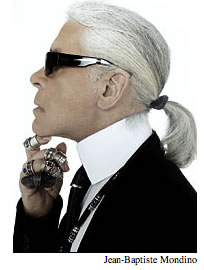
——————————————————————————–
This is the fourth in a series on Human Brand | defining the inextricable link between people, founding vision and the brands that they produce.
“I wanted a kind of freedom. I didn’t want to be a businessman. I don’t make meetings. I don’t do marketing. I just work like this. I have the feeling — it may be fake — of total freedom. This is my highest luxury.”
Karl Lagerfeld
——————————————————————————–
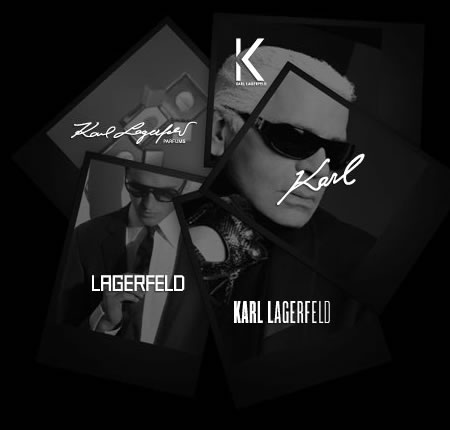
——————————————————————————–
I follow people, the trends they create, and watch them over a period of time. Study. And I stick with those that I admire, especially those that I can’t understand — in the beginning. I find myself being attracted to those that I don’t comprehend in the opening of my connection, but later come to fascination, in terms of their magnetic draw. Karl Lagerfeld is one of those people. And the story, for me, is manifold, just like the extraordinary drive of his personality. It’s about him. And it’s about the namesake of my second born daughter, Gabrielle Chanel.
——————————————————————————–
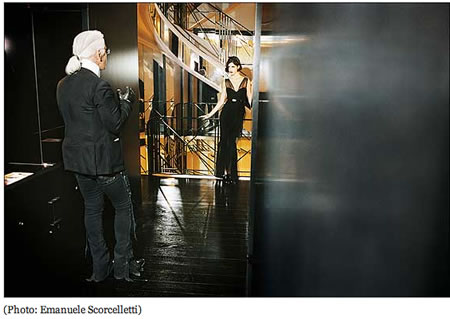
——————————————————————————–
I’ve touched on encounters with Mr. Lagerfeld in other references, like the design ethos of Yves Saint Laurent and the evolution of his legacy in the work of Stefano Pilati: Yves Saint Laurent | the personal, the person
——————————————————————————–

——————————————————————————–
I wrote of his acquisition of the talent of Zaha Hadid | Chanel, Mobile Art & Branded Architecture and the work that she did in the design of the mobile pavilion for Chanel — which is now more recently abandoned, in the dearth of business in their trade. There was another study, of the mythic dimensions of design in fashion — as a trend, exemplified in The Dark Force | The Return of Myth in Brand Design. Further, exploring personality and the concept of attention — paying attention to approach, creative content, design and the market: Marc Jacobs | Attention | Louis Vuitton — and Marc’s personal commitment to, well, himself. Bad or good, it’s anyone’s call to what’s real there.
——————————————————————————–
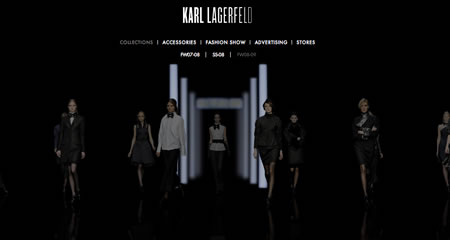
——————————————————————————–
Personally, my commitment to exploring these people is about the nature of just that — commitment to visioning. And as Jack Canfield intones — “the longer you live, the better you will find what your pattern is” — and that paraphrase represents in my mind, the concept of a kind of threading: a string of living, that flows from the heart, the mind of content and the incessant fulfillment of that visioning.
So, to the efforts in this sequenced exploration — which could go on forever, given the collective drive of his personality — here are some collected observations of Karl Lagerfeld and his worlds.
——————————————————————————–
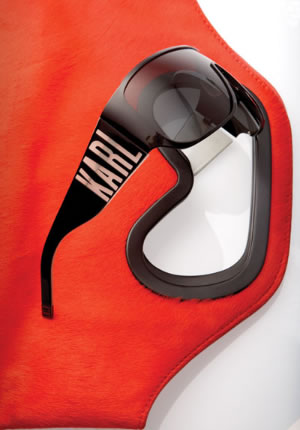
——————————————————————————–
——————————————————————————–
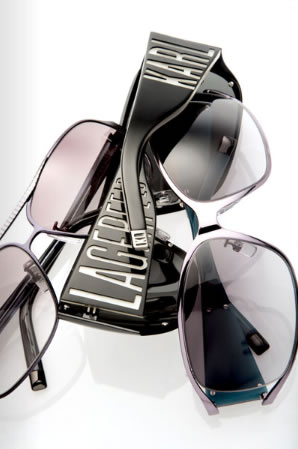
——————————————————————————–
——————————————————————————–
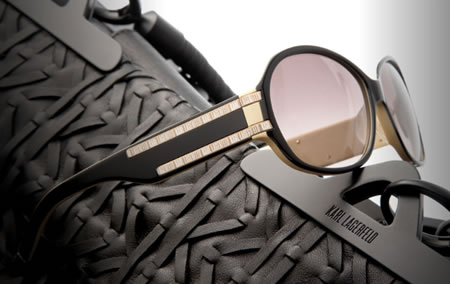
——————————————————————————–
To a sense of value, to the character of his design “commitment” and the power of his presence, there’s this telling: A couple of years back, Alain Wertheimer expressed his gratitude to Lagerfeld by saying he would sell Chanel when Lagerfeld decides to retire, a gesture that no one, least of all these two men, would take seriously. Chanel has been in the Wertheimer family since 1954, when they bought out Coco Chanel. Wertheimer and his brothers own the company wholly. What’s more, says Francoise Montenay, the president of Chanel, “the company’s revenues are greater — when you add up the bottles of No. 5, the tubes of lipstick, the quilted bags, the pearl earrings, the camellia hair bows, the tweed jackets” — than those of luxury titan Louis Vuitton, which last year totaled $4 billion. That would make Chanel the biggest luxury company in the world. Cathy Horyn, from the NYTimes has written a great deal about Mr. Lagerfeld’s work over time and her insights are compelling — given the breadth of her understanding and experience in observing the world of fashion design.
——————————————————————————–
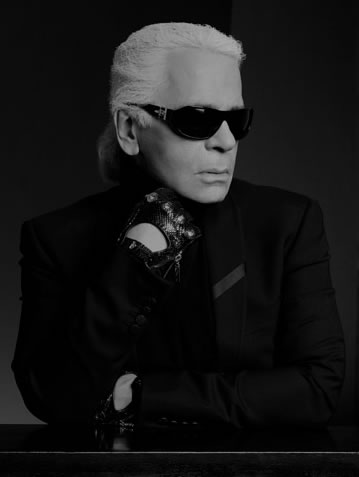
——————————————————————————–
Self portrait / Lagerfeld
As she’s referenced “Karl Lagerfeld stands alone in the fashion world.” And this might be defined in the character of his voracious intellect, a mastery of dressmaking, the Germanic love of literature and humor, because of his unflailing curiosity. “He alone, among the designers of his generation has stayed vital and contemporary.”
——————————————————————————–
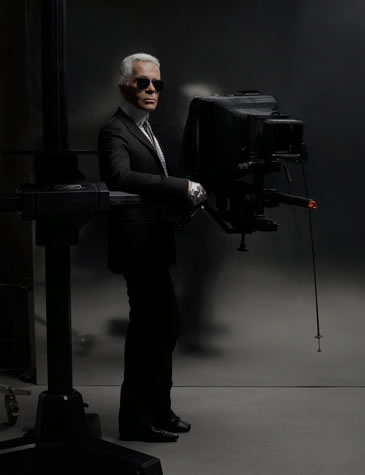
——————————————————————————–
Self portrait / Lagerfeld
In addition to creating haute couture and ready-to-wear collections for Chanel, his main employer for a quarter century, Mr. Lagerfeld designs for Fendi and his own line. He takes photographs. He publishes books and operates a book shop in Paris. A sighting of Mr. Lagerfeld on the streets, in his ponytail and customary high-collared shirt, can instantly produce a crowd.
On Nov. 12, 2004, more than 1,000 people entered H&M on Fifth Avenue in the first hour of business to buy the collection he had specially designed — the first such collaboration in H&M’s history. As Mr. Lagerfeld said with a typical blend of self-awareness and self-mockery, “I’m like a personage who’s nearly unrelated to fashion.”
——————————————————————————–
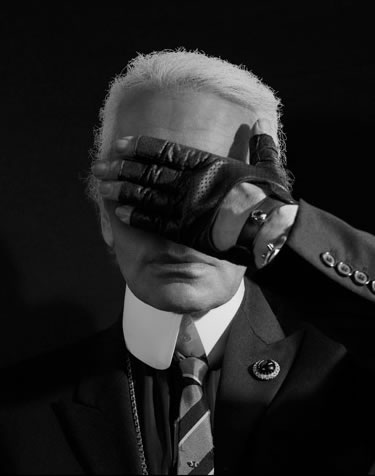
——————————————————————————–
Self portrait / Lagerfeld
To the opening references on historical connection — and the driving thread that has guided his efforts, few would deny the depth of his knowledge about fashion. There’s a deep thread. According to Horyn, he was trained in couture in the 1950s by people who were themselves trained in the 1920s, there is not a technique or trick he does not know. He frequently — and modestly — claims to be the most superficial of people, and to an extent “his clothes for Chanel reflect that lightness, with their flourishes and double entendres.”
——————————————————————————–
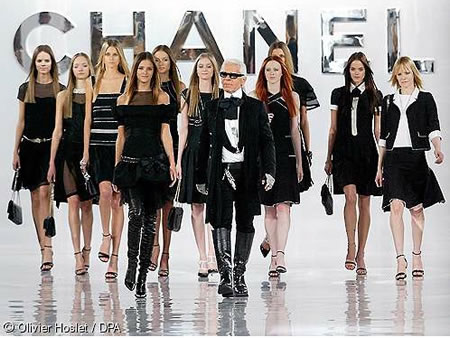
——————————————————————————–
Ingrid Sischy, discussed his methods, as an editor and a friend of Mr. Lagerfeld’s, and told The New York Times: “On the surface it can seem almost like nothing. But as the years go by you see the depth. That’s what makes Karl an extraordinary postmodernist.”
——————————————————————————–
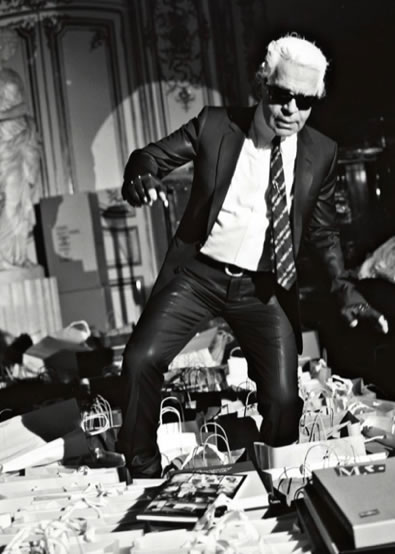
——————————————————————————–
A first glance at his history — Mr. Lagerfeld was born in Germany in either 1933 or 1939; his official biography says 1939, but childhood contemporaries have been quoted as confirming the earlier date of birth. His father owned a condensed-milk factory. During World War II, he and his family lived in Hamburg, but moved to the countryside before the bombings of 1943. After that experience, he emigrated to Paris in the early ’50s and in that decade began his career at Balmain; he was hired after he won a competition sponsored by the International Wool Secretariat, for a coat design.
From there he left for Patou then worked as a freelance designer for several houses, including Krizia and Charles Jourdan. And the journey continues, in the ’70s, he worked for Chloé, his ultrafeminine dresses and coats generally earning raves. At the request of the Wertheimer family, he began designing for Chanel in 1983. And by 1997, Vogue had crowned him the “unparalleled interpreter of the mood of the moment.” According to fashion stylist, André Leon Talley, “A conversation with Karl is not a fashion conversation—it’s a conversation, a conversation that embraces the culture of life.”
——————————————————————————–
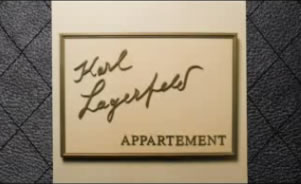
——————————————————————————–
Mr. Lagerfeld has resisted the idea of owning a fashion house. But when it comes to “house”, he’s set that as a priority — the design, rather the collection of his designs, about the places that he’s created for himself.
——————————————————————————–
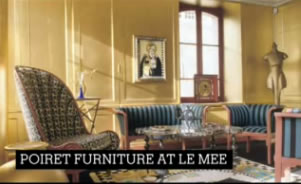
——————————————————————————–
——————————————————————————–

——————————————————————————–
——————————————————————————–
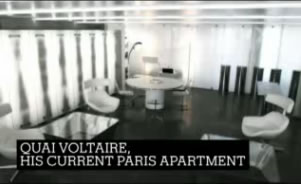
——————————————————————————–
——————————————————————————–
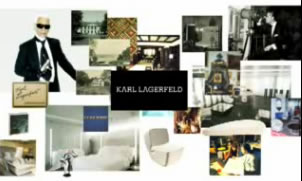
——————————————————————————–
——————————————————————————–
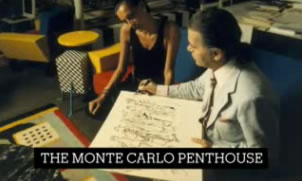
——————————————————————————–
While it’s hard to gather up the imagery of these varied environments, there’s a real passion about holistic framing of design and creative enterprise, and this passion and unrelenting energy, pushes him everywhere. I’ll start here, since there’s been some revelations about his history in the legacy in “place”. The best link, to the sense of Karl’s love of living environments can be found here, in a recent overview from the NY Times. There’s a video montage, as well as a shifting collage with notations by Lagerfeld. Here are, noted above, some of the gatherings from the collection — drawn from the video and scans of his file.
A passion for imagery and content:
——————————————————————————–
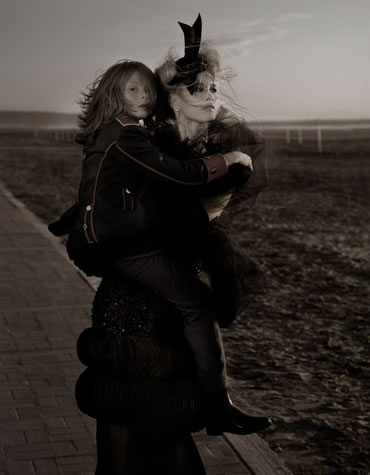
——————————————————————————–
Karl’s impassioned drive — not only supporting his creative review of all design for Chanel — extends to other other frames of enterprise. In addition to turning out four collections a year for Chanel (two ready-to-wear and two couture) with astonishing consistency (they are always on trend and frequently brilliant in their review), he designs for Fendi, as well as his own line, Lagerfeld Gallery — now, all renamed Lagerfeld. He also works as a photographer — perhaps based on his exposure early on to his friend, Helmut Newton. Here are some added images that examine his range of exploration.
——————————————————————————–
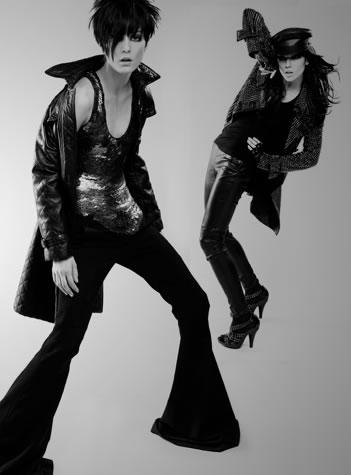
——————————————————————————–
——————————————————————————–
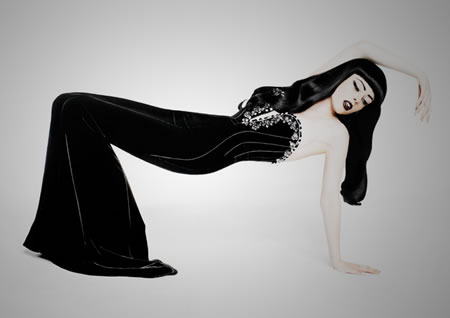
——————————————————————————–
Art full covers, landscapes and portraiture:
——————————————————————————–
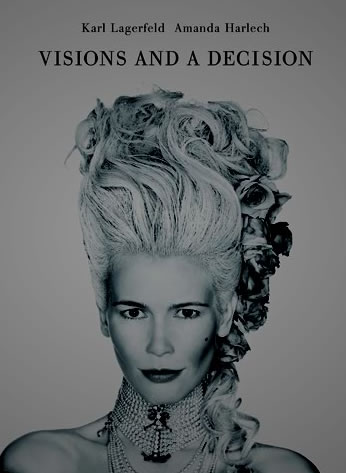
——————————————————————————–
——————————————————————————–
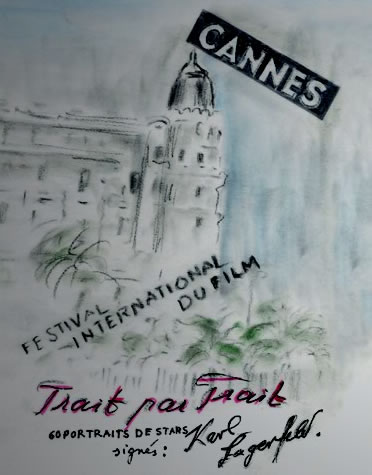
——————————————————————————–
——————————————————————————–
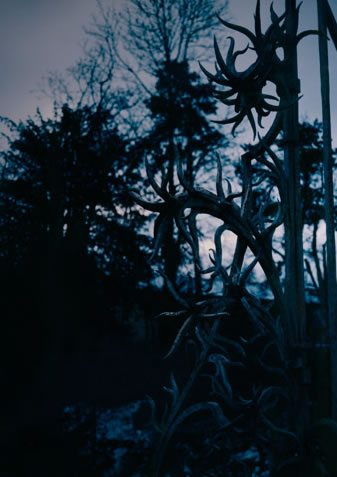
——————————————————————————–
——————————————————————————–
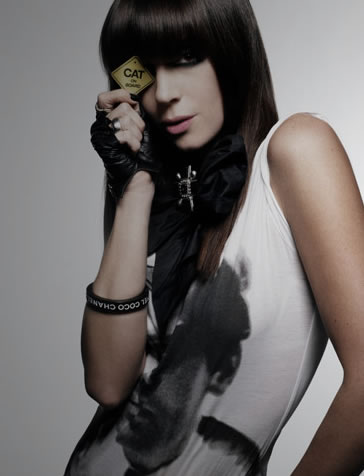
——————————————————————————–
——————————————————————————–
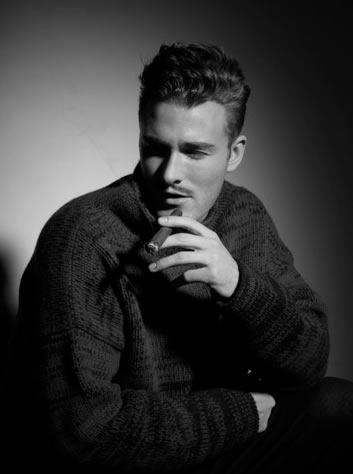
——————————————————————————–
——————————————————————————–
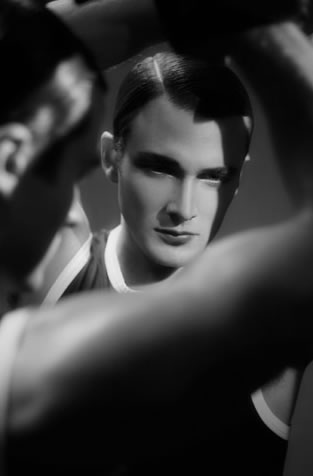
——————————————————————————–
——————————————————————————–
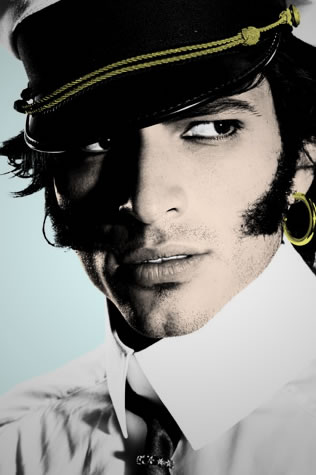
——————————————————————————–
——————————————————————————–
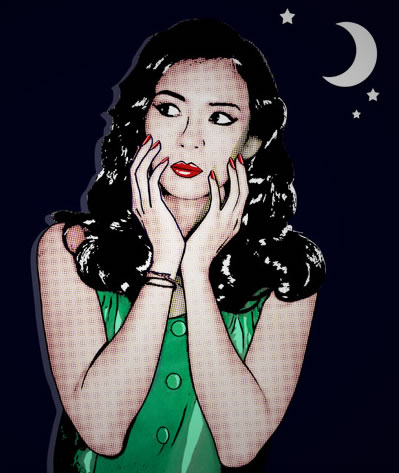
——————————————————————————–
——————————————————————————–
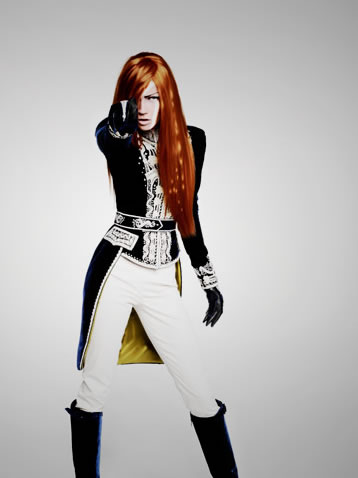
——————————————————————————–
He collects art, and voraciously consumes culture at all levels, from eighteenth-century art to music from tomorrow’s hot young pop groups. And this is founded on decades of design: he roves, seeking trends, music, inspiration that he can address — personally expressed — in everything that he can touch.
Picking up his career from the early 80s, Lagerfeld had been maintaining a design contract with the Japanese firm Isetan, to create collections for both men and women through 30 licensed agreements. He created a lingerie line in the US, produced by Eve Stillmann, was designing shoes for Jourdan, sweaters for Ballantyne, counseling Trevira on fashion direction.
——————————————————————————–
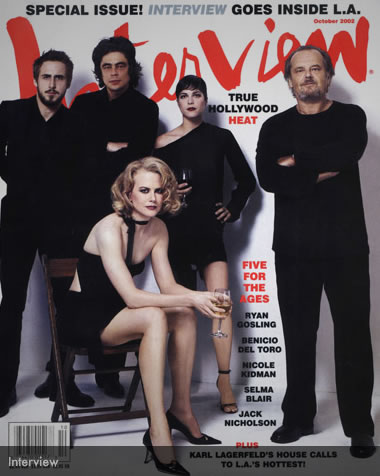
——————————————————————————–
Expanding on the creative front, moving into production design, staging and costumery, he designed the costumes for the 2002 film Callas Forever. He designed clothing for Madonna during her ReInvention tour, as well as Kylie Minogue’s Showgirl show.
His photographic proclivity directed Visionaire 23: The Emperor’s New Clothes, a series of nude pictures of South African model David Miller, as well as personally photographing Mariah Carey for Vanity Fair and a grouping of covers for Interview. To the brand extension to television, Lagerfeld was also the subject of a French reality series called Signé Chanel in 2005, covering the creation of his Fall/Winter 2004–2005 Chanel couture collection, shown on The Sundance Channel during the fall of 2006. That same year, he announced his new collection for men and women dubbed K Karl Lagerfeld — a more casual, fitted T-shirts and jeans collection. Moving to the Middle East, he inked a deal with Dubai Infinity Holdings (DIH); an investments enterprise that will focus on innovative growth sectors. Karl Lagerfeld is to design limited edition homes on Isla Moda, the world’s first dedicated fashion island, set in the iconic development, The World — an exclusive collaboration between Dubai Infinity Holdings and Karl Lagerfeld across the GCC and India.
His international focus and character is exemplified in his fluency in four languages (French, Italian, English, and German). His career has been fortified by this kind of cultural fluency — and never-ending curiosity and exploration, unbounded by the resiliency to move wherever his fascination compels him to move.
Coupled with discipline and a sense of personal change, between 2000 and 2001, he lost nearly 90 pounds in less than a year following a stringent diet centered around steamed vegetables and Diet Coke in order to be able to wear Hedi Slimane’s skinny suits. “I suddenly wanted to dress differently, to wear clothes designed by Hedi Slimane,” he said. “But these fashions, modeled by very, very slim boys—and not men my age—required me to lose at least 40 kg. It took me exactly thirteen months.” The diet was created specially for Lagerfeld by Dr. Jean-Claude Houdret, which led to a book called The Karl Lagerfeld Diet.
The point to the characterization of Karl Lagerfeld’s notion as a “human brand” again drives to the “drive” of the premise of his profound creativity and his willingness to consistently build on that thread that manifests his spirit at the heart of his offerings. And, to that, growing a comprehensive enterprise around that exploration — as a grouping of brands. If there’s a promise, what is the emotional gift that continues to be given — both to the maker, as well as the recipient? What reflectivity is offered? Love. Love of the work — that is increasingly expressed on both sides of the equation. And the love of Karl Lagerfeld, the passion that he’s built in his work, as well as the love of the recipients — it grows, it’s shared. And in a way, the enthusiasm and profound personal connection that energizes the commitment — and the leadership of the brand, the brands, that Karl Lagerfeld engineers is captivating. It’s his Brand fire.
In 2008, he designed a limited-edition teddy bear in his likeness, complete with sunglasses, black suit, white shirt, and tie. More: to beauty, imagination, perhaps risk-taking iconoclasm, is part of his ever-roving, ever-exploring greeting to his world.
More to it.
Love reflects back to the brand and the human that loves making it.
——————————————————————————–
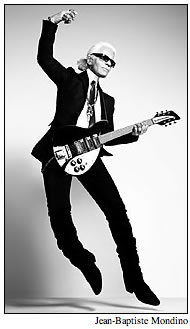
——————————————————————————–
tsg